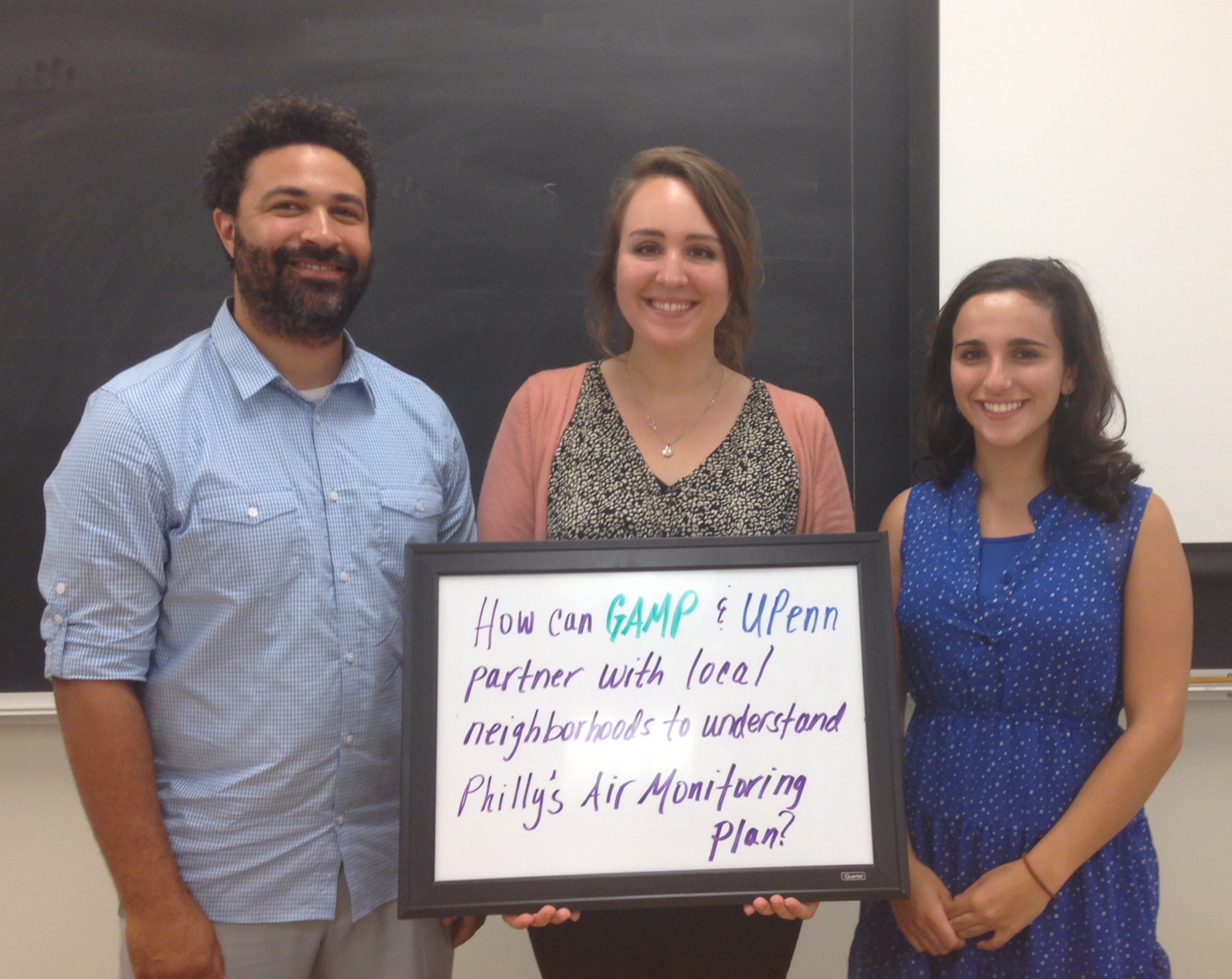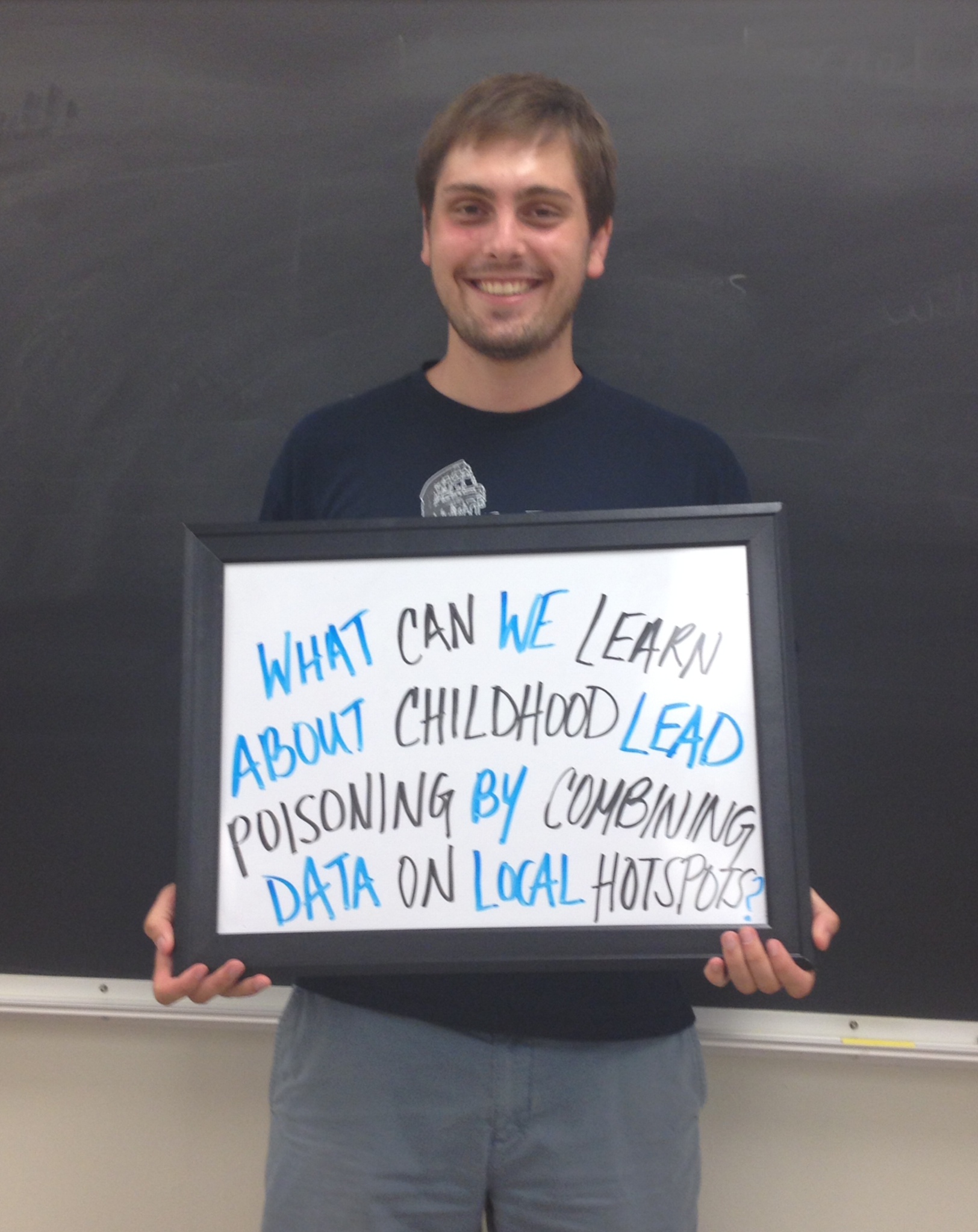Project:
Our COEC has been working with Philadelphia Air Management Services (AMS) as they expand their monitoring network for air quality (AQ) in South Philadelphia.
How did we get involved?
Our CEET summer research program entitled Short-Term Educational Experiences for Research (STEER) for undergraduates arranged to incorporate this air monitoring initiative into the curriculum of a local South Philadelphia school. Adriana Garcia, a rising senior in the Earth and Environmental Science Department, worked with two teachers at Girard Academic Music Program (GAMP) preparatory school at 2136 W. Ritner Street to develop a teaching module on air quality for students in the Environmental Science classes. The module has now been taught for two semesters, and the participating faculty has been delighted with the results of the project.
How did the project expand?
Over the course of 18 months, AMS put in place the expanded AQ network located several blocks from GAMP, which was funded by the U.S. Environmental Protection Agency (EPA). The monitoring station is now fully operational and focuses on the collection of data on priority air toxics as mandated by the 1972 Clean Air Act (CAA) and the subsequent 1990 amendments. During the summer of 2013 with encouragement of AMS, Adriana worked with Jason Henderson from the GAMP faculty and a graduate student from Duke University to expand the teaching module and to draft a proposal to expand the communication of this important AQ data to the surrounding neighborhoods.
How did this idea become a reality?
A STEER student from Brown University, Livia Frasso Jaramillo, and Upenn MPH student, Jessica Meeker, worked with Mr. Henderson and Mr. Ruddick, both from the GAMP faculty to finalize the project this summer and submit it to the City(AMS). AMS agreed to fully fund the proposal, which will initially focus on data interpretation and communication of AQ information to the GAMP school community and its surrounding neighborhoods.
What are the expected outcomes?
AMS financial support will provide increased technology for the GAMP school and the development of two courses that will be taught at GAMP on air quality and community outreach to the GAMP family. By the conclusion of the 2014-15 academic year, we anticipate that GAMP’s leadership role will result in a better-informed student body and community on the importance of AQ and the potential risks that ambient air toxics may present to an unsuspecting South Philadelphia population. The second year of the project will provide additional outreach to the Point Breeze community in another section of South Philly that is experiencing asthma rates well above national and regional levels.
This successful collaboration brought together many willing partners to address an important environmental issue that warrants more investigation. The initiative designed a novel communication approach to better inform an urban population in South Philadelphia addressing their questions and concerns with credible local data on the quality of the air they breathe.






